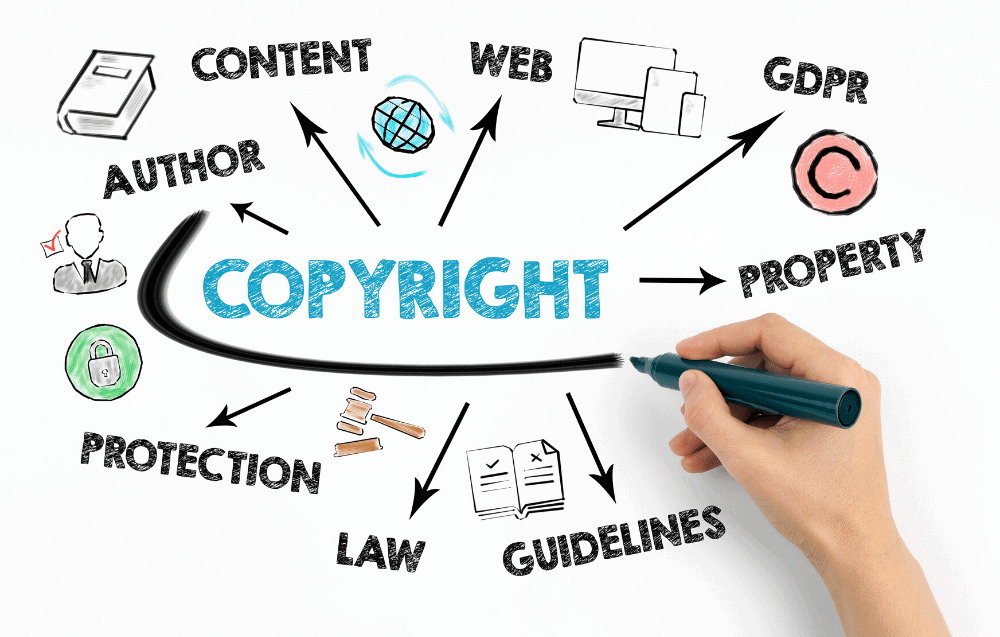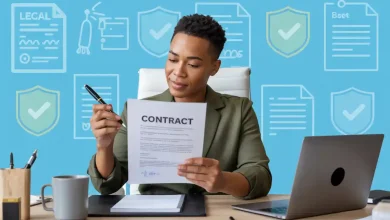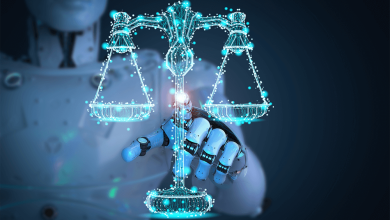Copyright vs. Trademark: What Every Creator Must Know
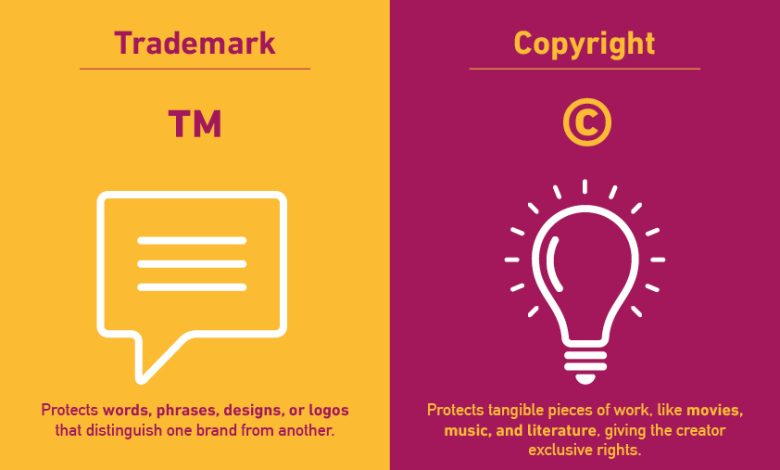
Understanding copyright vs trademark is essential for every creator who wants to protect their work and brand. While both copyright and trademark are intellectual property rights, they serve different purposes and protect different types of creations. This comprehensive guide will explain these differences, how to use them, and why they matter to you as a creator.
What Is Copyright?
Definition and Purpose
Copyright is a form of legal protection granted to the creators of original works of authorship. It protects the expression of ideas fixed in a tangible form, such as writing, music, art, and software. Copyright gives the creator exclusive rights to use, reproduce, distribute, perform, and display their work.
What Copyright Protects
- Literary works: books, articles, poems
- Musical works: compositions, recordings
- Visual arts: paintings, drawings, photographs
- Motion pictures and audiovisual works: films, videos
- Software and computer programs
- Architectural works
How Copyright Protection Works
Copyright protection is automatic once the work is fixed in a tangible medium, meaning you don’t have to register it to have rights. However, registration with the relevant copyright office (e.g., the U.S. Copyright Office) strengthens your legal position if enforcement becomes necessary.
Duration of Copyright
Generally, copyright lasts for the life of the author plus 70 years. For works created for hire or anonymous works, the term is typically 95 years from publication or 120 years from creation, whichever is shorter.
Limitations of Copyright
- Copyright does not protect ideas, facts, or concepts—only the specific expression of those ideas.
- It does not protect names, titles, slogans, or short phrases.
What Is Trademark?
Definition and Purpose
A trademark protects brand identifiers that distinguish goods or services in the marketplace. It ensures consumers can identify the source of a product or service and prevents competitors from using confusingly similar marks.
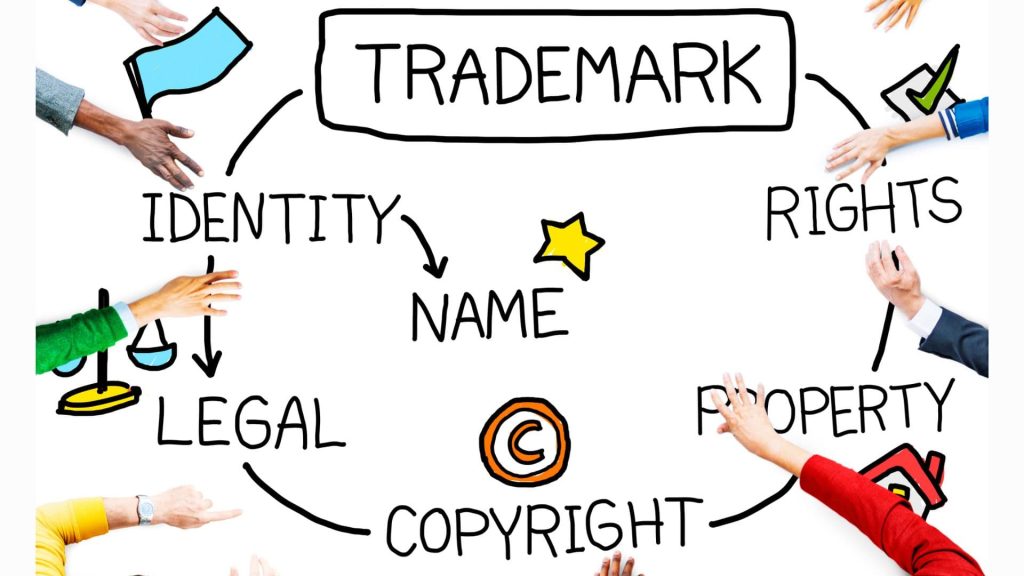
What Trademarks Protect
- Brand names (e.g., Coca-Cola, Nike)
- Logos and symbols (e.g., Nike’s swoosh)
- Slogans and taglines (e.g., “Just Do It”)
- Product packaging and trade dress (distinctive look or design)
How Trademark Protection Works
Trademark rights arise through use in commerce and can be strengthened by registration with government authorities (e.g., the U.S. Patent and Trademark Office). Registered trademarks provide nationwide protection and legal presumptions of ownership.
Duration of Trademark Protection
Trademarks can last indefinitely as long as they are actively used and renewed periodically (usually every 10 years). Failure to use or renew a trademark can result in loss of protection.
Limitations of Trademark
- Trademarks do not protect the underlying product or service itself, only the brand identifiers.
- Generic or descriptive terms may be difficult to trademark unless they acquire distinctiveness.
Key Differences Between Copyright and Trademark
Understanding the fundamental differences between copyright and trademark is critical for creators:
| Feature | Copyright | Trademark |
|---|---|---|
| Protects | Original creative works | Brand identifiers (names, logos) |
| Subject Matter | Artistic, literary, musical works | Words, symbols, slogans related to goods/services |
| Duration | Life of author + 70 years (approx.) | Potentially unlimited with renewals |
| Registration | Optional but recommended | Required for strongest protection |
| Purpose | Protects expression of ideas | Protects brand identity and consumer trust |
| Automatic Protection | Yes, upon fixation | Rights start with use; registration strengthens rights |
| Enforcement | Against copying or unauthorized use | Against confusingly similar marks |
Why Creators Must Understand Copyright vs Trademark
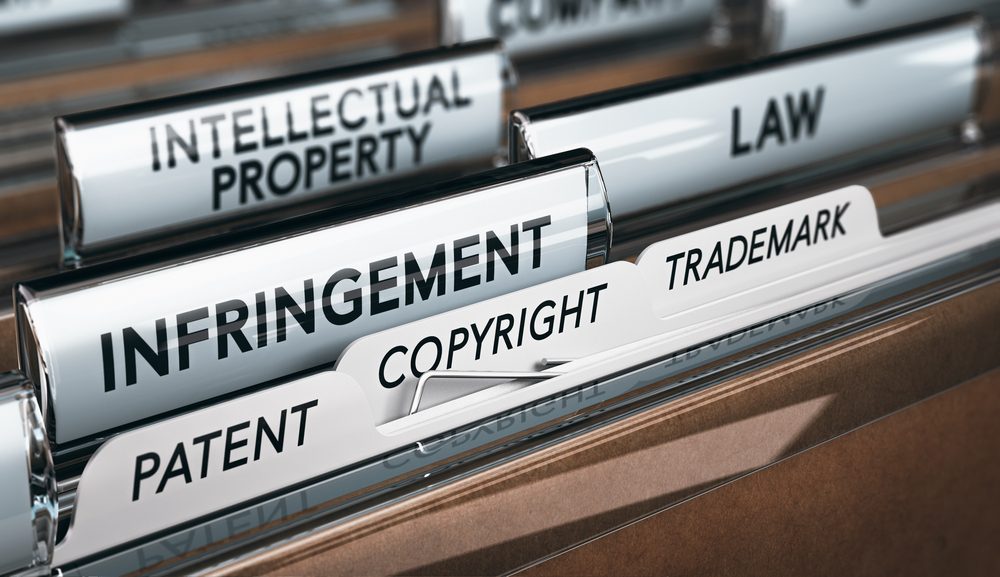
Many creators mistakenly believe that copyright alone protects all aspects of their work and brand. However, this is not true. Copyright protects the creative work itself, but it does not protect your brand name or logo—that’s where trademark comes in.
Failing to secure trademark protection can lead to:
- Brand confusion among customers
- Loss of exclusive rights to your brand identifiers
- Legal disputes with competitors
Conversely, relying only on trademarks without copyright can leave your creative works vulnerable to copying.
Case Studies: Real-World Examples
Case Study 1: Copyright Protection in Music
Taylor Swift’s songs are protected by copyright, which prevents others from copying or distributing her music without permission. However, her brand name and logo are protected separately by trademark.
Case Study 2: Trademark Dispute Over a Logo
A small business named “Green Leaf” used a leaf logo similar to a well-known organic brand. The established company sued for trademark infringement, and the small business had to rebrand to avoid legal penalties.
Case Study 3: Overlapping Protections
Disney protects its movies and characters through copyright, while its logos and brand names are trademarked. This dual protection helps Disney maintain control over its creative works and brand identity.
How to Protect Your Work with Copyright
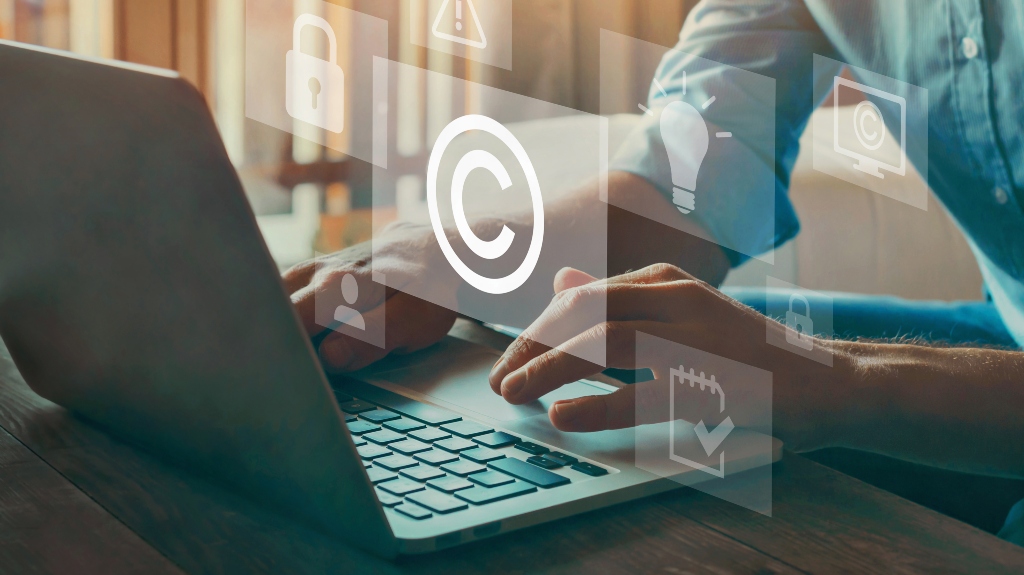
Steps to Copyright Your Work
- Fix your work in a tangible form: Write, record, or otherwise capture your creative work.
- Understand your rights: Know what rights you have, including reproduction and distribution.
- Register your copyright: Though optional, registration provides legal benefits like the ability to sue for statutory damages.
- Use copyright notices: Mark your work with ©, your name, and the year to deter infringement.
Enforcement and Licensing
If someone infringes your copyright, you can send a cease-and-desist letter or file a lawsuit. You can also license your work to others for use, generating income.
How to Protect Your Brand with Trademark
Steps to Trademark Your Brand
- Choose a distinctive mark: Avoid generic or descriptive names.
- Search existing trademarks: Use trademark databases to ensure your mark is unique.
- Use your mark in commerce: Start using your brand name or logo publicly.
- File a trademark application: Register your mark with the appropriate trademark office.
- Maintain and renew: Use your trademark actively and renew registrations on time.
Enforcement and Brand Protection
Trademark owners can stop others from using confusingly similar marks through legal action or settlement negotiations.
Common Misconceptions About Copyright and Trademark
- Misconception: Copyright protects names and logos.
Fact: Copyright protects creative works, not brand names or logos. - Misconception: You must register copyright to have protection.
Fact: Copyright exists automatically upon creation, but registration strengthens enforcement. - Misconception: Trademarks last forever without effort.
Fact: Trademarks require active use and renewal to maintain protection.
Legal Processes for Copyright and Trademark
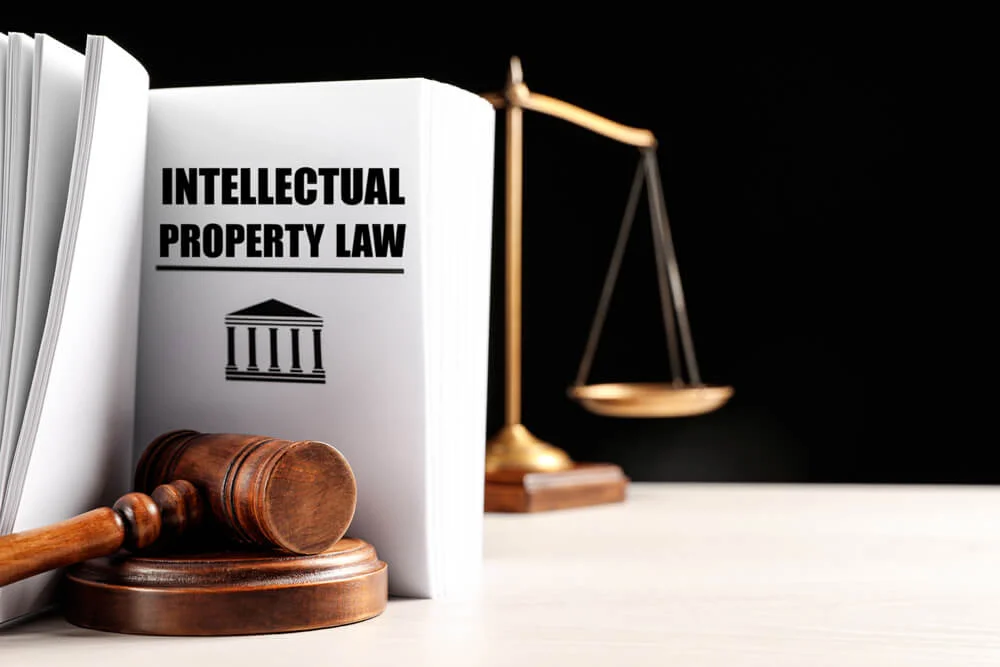
Copyright Registration Process
- Submit an application to the copyright office.
- Provide a copy of the work.
- Pay a registration fee.
- Receive a certificate of registration.
Trademark Registration Process
- Conduct a trademark search.
- File an application with the trademark office.
- Examination by the trademark examiner.
- Publication for opposition.
- Registration and issuance of a trademark certificate.
- Maintain and renew registration.
International Considerations
Creators operating globally should understand international protections:
- Copyright: Protected under the Berne Convention, which provides reciprocal protection among member countries.
- Trademark: Protected through treaties like the Madrid Protocol, allowing trademark registration in multiple countries via one application.
Understanding Trade Secrets: A Third Pillar of Intellectual Property
While copyright vs trademark are the most commonly discussed forms of intellectual property, many creators and businesses also rely on trade secrets to protect valuable information.
What Are Trade Secrets?
Trade secrets are confidential business information that provides a competitive edge. This can include formulas, recipes, manufacturing processes, customer lists, or marketing strategies.
How Trade Secrets Differ from Copyright and Trademark
| Aspect | Copyright | Trademark | Trade Secret |
|---|---|---|---|
| Protects | Creative works | Brand identifiers | Confidential business info |
| Registration | Optional, recommended | Required for full protection | No registration; protection via secrecy |
| Duration | Life of author + 70 years | Indefinite with renewal | As long as secrecy is maintained |
| Public Disclosure | No | Yes (upon registration) | No |
| Enforcement | Against copying | Against confusing use | Against unauthorized disclosure |
Why Trade Secrets Matter to Creators
Certain creative processes or business methods may not qualify for copyright or trademark but can be protected as trade secrets if kept confidential. For example, a unique recipe or a secret algorithm.
How to Protect Trade Secrets
- Use non-disclosure agreements (NDAs) with employees and partners.
- Limit access to sensitive information.
- Implement security measures such as encryption and physical safeguards.
Case Study: Trade Secret Protection
Coca-Cola’s formula is a famous trade secret, never patented to avoid public disclosure. Its secrecy protects the brand’s unique product.
The Role of Licensing in Copyright and Trademark
Licensing is a powerful tool creators and brand owners use to monetize and control their intellectual property.
What Is Licensing?
Licensing allows others to use your copyrighted work or trademark under agreed terms, often in exchange for royalties or fees.
Types of Licensing Agreements
- Exclusive License: Only the licensee can use the IP in a certain field or territory.
- Non-Exclusive License: The licensor can grant rights to multiple licensees.
- Sublicense: The licensee can grant further licenses to third parties.
Licensing Copyrighted Works
Creators can license music, books, software, or artwork for use in films, advertising, or merchandise. Licensing agreements specify usage rights, duration, and compensation.
Licensing Trademarks
Trademark owners license their brand to manufacturers or service providers, maintaining brand control while expanding market reach. For example, Disney licenses its characters for toys and apparel.
Benefits of Licensing
- Generates revenue without relinquishing ownership.
- Expands market presence.
- Provides legal control over how IP is used.
Case Study: Licensing Success
Marvel licenses its characters to movie studios and merchandise companies, creating billions in revenue while protecting its trademarks and copyrights.
Protecting Your Intellectual Property Online
The internet presents unique challenges and opportunities for IP protection. Creators must be vigilant in protecting their copyrights and trademarks online.
Common Online IP Issues
- Unauthorized copying and distribution of digital content.
- Trademark infringement through domain squatting or counterfeit goods.
- Social media misuse of brand names and logos.
Strategies to Protect Copyright Online
- Use digital watermarks and metadata to assert ownership.
- Register works with copyright offices for stronger enforcement.
- Employ takedown notices (DMCA) to remove infringing content.
Strategies to Protect Trademarks Online
- Register domain names matching your trademarks.
- Monitor online marketplaces for counterfeit products.
- Use brand monitoring tools to track unauthorized use.
Case Study: Fighting Online Infringement
A popular YouTube creator successfully used DMCA takedown notices to remove unauthorized reposts of their videos, protecting their copyright and ad revenue.
How to Handle Intellectual Property Infringement
Even with protections in place, infringement can occur. Knowing how to respond is critical.
Steps to Take When Your Copyright or Trademark Is Infringed
- Document the infringement: Collect evidence such as screenshots, URLs, and copies of infringing material.
- Send a cease-and-desist letter: Inform the infringer of your rights and request they stop the unauthorized use.
- Negotiate a settlement: Sometimes disputes can be resolved without litigation through licensing or compensation.
- File a lawsuit: If necessary, take legal action to enforce your rights.
- Use alternative dispute resolution: Mediation or arbitration can be faster and less costly than court.
When to Seek Legal Help
Consult an IP attorney if infringement is serious, ongoing, or causing significant harm to your business or reputation.
Case Study: Successful Enforcement
A fashion designer sued a company selling counterfeit clothing using their trademarked logo. The court ruled in favor of the designer, awarding damages and an injunction against further infringement.
Emerging Trends in Intellectual Property for Creators
The IP landscape is evolving with new technologies and business models.
Impact of Artificial Intelligence (AI)
AI-generated works raise questions about copyright ownership and authorship. Current laws generally require human authorship for copyright protection.
NFTs and Digital Ownership
Non-fungible tokens (NFTs) represent ownership of digital assets but do not automatically transfer copyright or trademark rights. Creators must clarify rights in sales agreements.
Globalization and IP
Creators must consider international IP laws and treaties to protect their works and brands worldwide.
Frequently Asked Questions
Can I copyright my brand name?
No, brand names are protected by trademark, not copyright.
Do I need to register my copyright?
Registration is optional but recommended for legal enforcement.
How long does trademark protection last?
Indefinitely, as long as the trademark is used and renewed.
Can I have both copyright and trademark protection?
Yes, many creators benefit from both protections for different aspects of their work.
Conclusion
Understanding copyright vs trademark empowers creators to protect both their creative works and brand identity effectively. Use copyright to safeguard your original works and trademark to secure your brand’s unique identifiers. Combining these protections maximizes your control and commercial potential.

